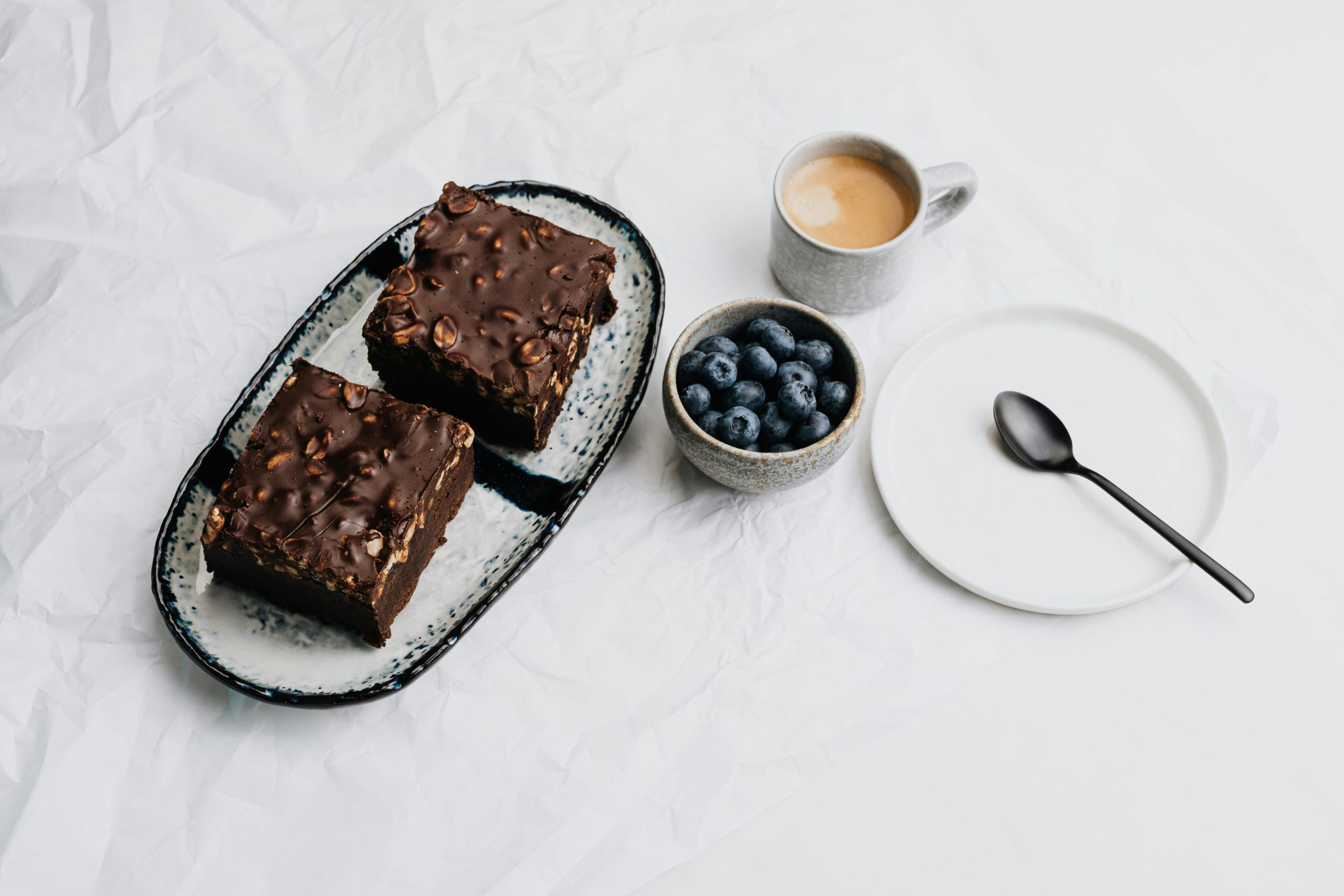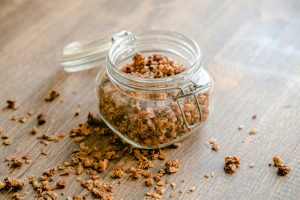The Art of Plating: Make Food Look Beautiful
The phrase “you eat with your eyes first” couldn’t be more true when it comes to food. The visual presentation of a dish plays a significant role in our overall dining experience. While taste and aroma are essential, a beautifully plated dish can elevate the dining experience to a whole new level. In the culinary world, this is known as the art of plating. It’s the art of making food look beautiful. But it’s not just about the aesthetics; plating also involves careful planning and precision. In today’s article, we’ll explore the art of plating and how you can use it to make your food look as beautiful as it tastes.
What is the Art of Plating?
The art of plating refers to the process of arranging and presenting food in an appealing and visually pleasing manner. It’s an art form in the culinary world that involves a combination of creativity, skills, and techniques. It’s not just about placing food on a plate; it’s about creating a harmonious and balanced dish that’s both delicious and beautiful.
Plating is crucial in fine dining establishments, where the entire dining experience is carefully curated to provide the customers with a gastronomic journey. But even at home, the art of plating can make a difference. A well-plated dish can make even the simplest of meals look gourmet and inviting.
The Elements of Plating
1. Color
One of the essential elements of plating is color. Colors can evoke emotions, set the mood, and stimulate our appetite. A balanced color scheme can make a dish look visually appealing. Before plating, consider the different colors in your dish and try to create contrast and balance. For example, if your main dish is a bright red tomato-based sauce, you can add some green herbs or garnishes to create contrast.
2. Composition
Another crucial element of plating is the composition. It’s how you place different components of the dish on the plate. A well-composed dish should have a balance of height, width, and depth. It should also be visually appealing and lead the eye around the plate. The placement of each element should be deliberate and well thought out.
3. Texture
Texture is an essential element of the art of plating. It adds depth and dimension to the dish and makes it more interesting. A variety of textures on a plate can also create an exciting contrast, making the dish look visually appealing. You can use garnishes, crispy elements, or crunchy toppings to add texture to your dish.
4. Garnishes
Garnishes are not just for decoration; they also add flavor and texture to a dish. Herbs, microgreens, edible flowers, and fruits are commonly used as garnishes in plating. Whether you’re using them as a pop of color or for added flavor, garnishes can take a dish from ordinary to extraordinary.
The Techniques of Plating
In addition to the elements, there are also specific techniques used in plating. These techniques can help you create a visually appealing and professional-looking dish.
1. Minimalism
The saying “less is more” applies to plating as well. Minimalism is a popular technique in plating, where less is used to achieve a sleek and simple aesthetic. It involves using negative space and placing fewer components on the dish, making each element stand out on its own.
2. Stacking
Stacking is a technique where different components of the dish are stacked on top of each other to create height. It’s often used for items like vegetables and proteins and adds dimension to the dish.
3. Layering
Layering is another technique that involves placing different components on top of each other in layers. It’s often used for desserts and can make a dish look visually appealing and delicious.
The Importance of Plating
The art of plating is more than just making food look beautiful. It can significantly impact our dining experience. A well-plated dish can stimulate our senses and create anticipation for the flavors to come. It’s also a reflection of the chef’s skills, creativity, and attention to detail.
Plating can also make a difference in how we perceive food. Studies have shown that the presentation of food can affect how we taste it. A visually appealing dish can enhance our perception of taste and make the flavors more enjoyable.
Tips for Beautiful Plating
1. Use Appropriate Plates
The size, shape, and color of the plate can make a significant difference in how a dish looks. Choose the appropriate plate for your dish, and consider the contrast and color of the food and plate.
2. Use Contrasting Colors and Textures
As mentioned earlier, contrast and texture are essential elements of plating. Use a variety of colors and textures to make your dish visually appealing.
3. Use a Squeeze Bottle for Sauces
A squeeze bottle is a handy tool for creating beautiful designs or drizzling sauces on the plate. It gives you better control and precision compared to using a spoon.
4. Pay Attention to Details
Details make all the difference in plating. Pay attention to the placement and arrangement of each element, and take your time to ensure they’re all perfectly placed.
In Conclusion
The art of plating is a crucial element in the culinary world. It involves more than just making food look beautiful; it’s about creating a harmonious and balanced dish that stimulates our senses and enhances our dining experience. With the techniques and tips mentioned in this article, you can take your plating skills to the next level and impress your guests with beautiful and delicious dishes.










